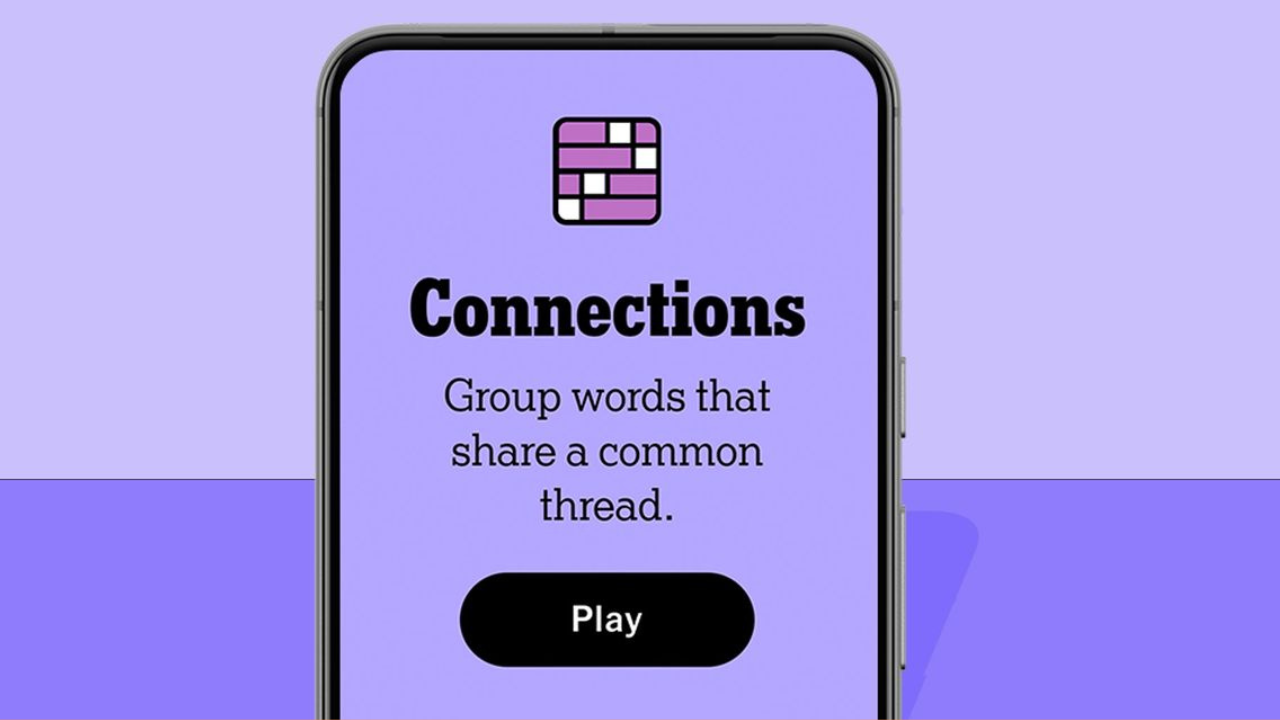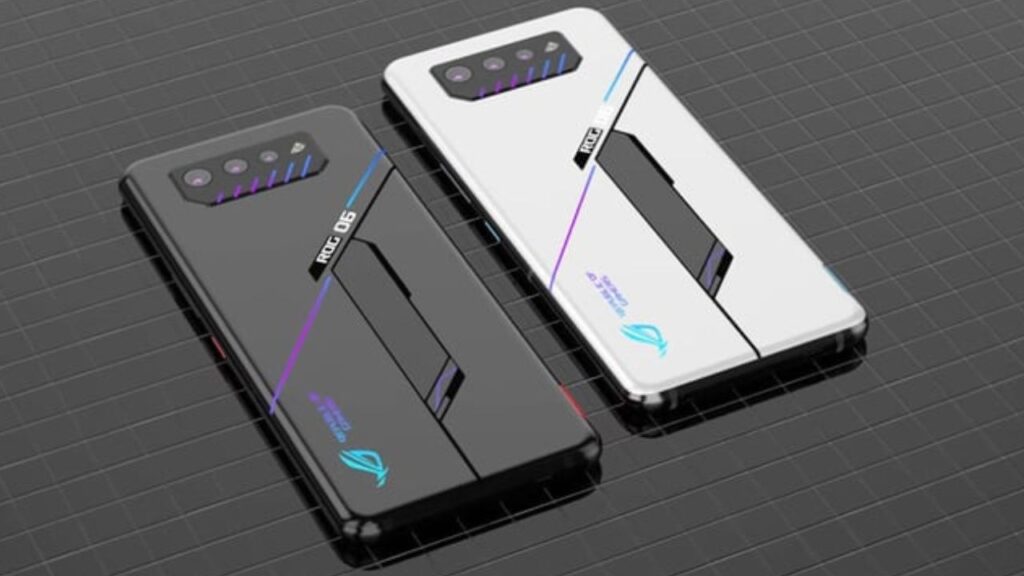Smartphone design has evolved dramatically over the years, often pushing the limits of what we think is possible. After the boom of foldable devices, a new wave of innovative patents has emerged, introducing some of the most unusual concepts yet. Among these, Xiaomi’s latest patent stands out, revealing a smartphone that can split in half, creating an entirely new approach to mobile tech.
Smartphone That Splits in Half
Xiaomi’s recently filed patent showcases a smartphone that can detach into two separate parts, offering a unique take on modular design. According to sketches submitted to the China National Intellectual Property Administration (CNIPA), this two-piece device, when connected, resembles a flip phone from the back. However, the key difference is its ability to split into two, resulting in two small-screened devices.
While the idea might seem futuristic, it’s important to note that this patent remains in the conceptual phase. There’s no guarantee that Xiaomi will bring this device to market anytime soon—if at all. But the patent certainly hints at the company’s ambition to explore new avenues in smartphone design, adding to the growing collection of experimental ideas that have surfaced in recent years.
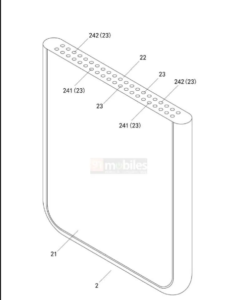
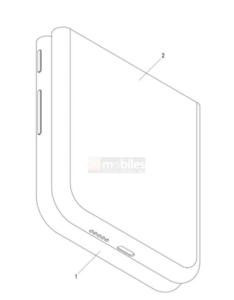
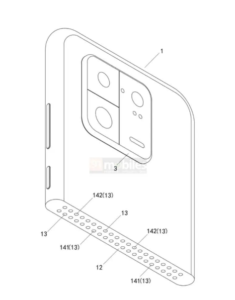
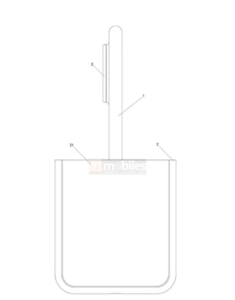
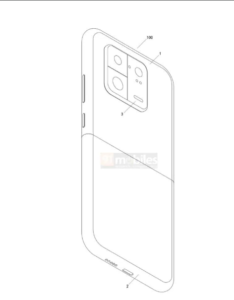
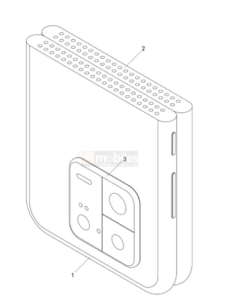
How Does It Work?
Based on the patent details, Xiaomi’s detachable smartphone design features numerous pogo pins placed in the middle, which facilitate the connection between the top and bottom halves. These pins not only secure the two parts but are likely reinforced by magnets around the connection points, ensuring a seamless user experience when assembling and disassembling the device.
An intriguing aspect of this design is the potential for the top half to swivel once detached. While the patent sketches suggest this, the specifics remain unclear, leaving room for speculation about how the device would function in real-world scenarios.
Innovative Potential or Just a Patent Fantasy?
The concept of a smartphone splitting in half is undeniably intriguing, sparking immediate thoughts about potential use cases. Imagine, for example, the practicality of using one half of the phone when the battery in the other half is drained. This would likely require both halves to contain separate batteries, with the phone depleting one before the other. Such a feature could offer flexibility and convenience, particularly in situations where conserving battery life is crucial.
Another potential benefit could be the option to detach one part of the phone to focus on a smaller display, perhaps for specific tasks or increased portability. While the idea may sound strange at first, modular designs like this open up new possibilities for personalized smartphone use.
Will Xiaomi’s Detachable Phone See the Light of Day?
As with many patents, the question remains whether Xiaomi’s two-part smartphone will ever make it to production. It’s common for companies to file patents for experimental designs that never materialize. However, the existence of this patent demonstrates Xiaomi’s continued interest in pushing boundaries within the smartphone industry.
For now, foldable phones like the Huawei Mate X2 and Samsung Galaxy Z Fold 5 are leading the charge in innovative design. Xiaomi’s concept, while still far from reality, hints at what the future of mobile technology could hold—a world where smartphones aren’t just foldable, but detachable.











